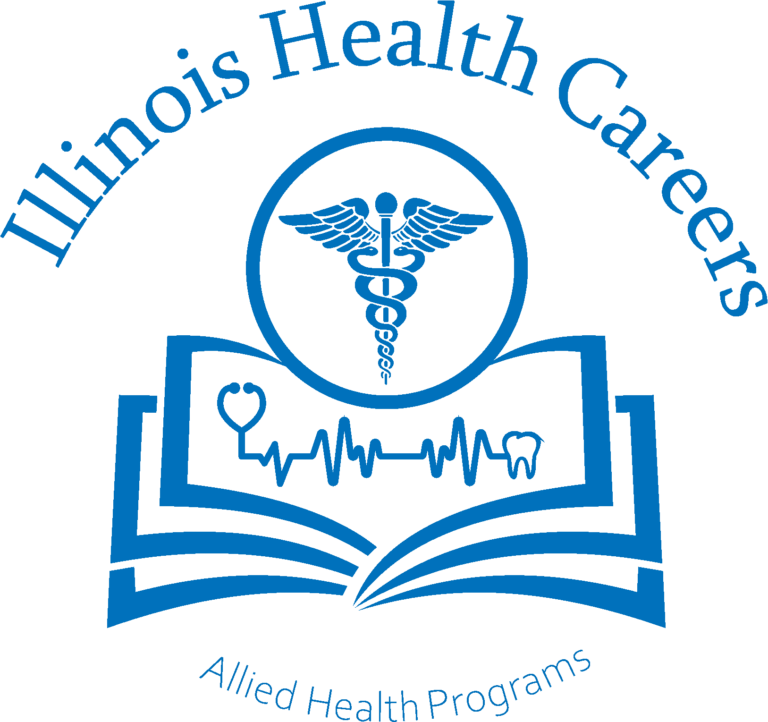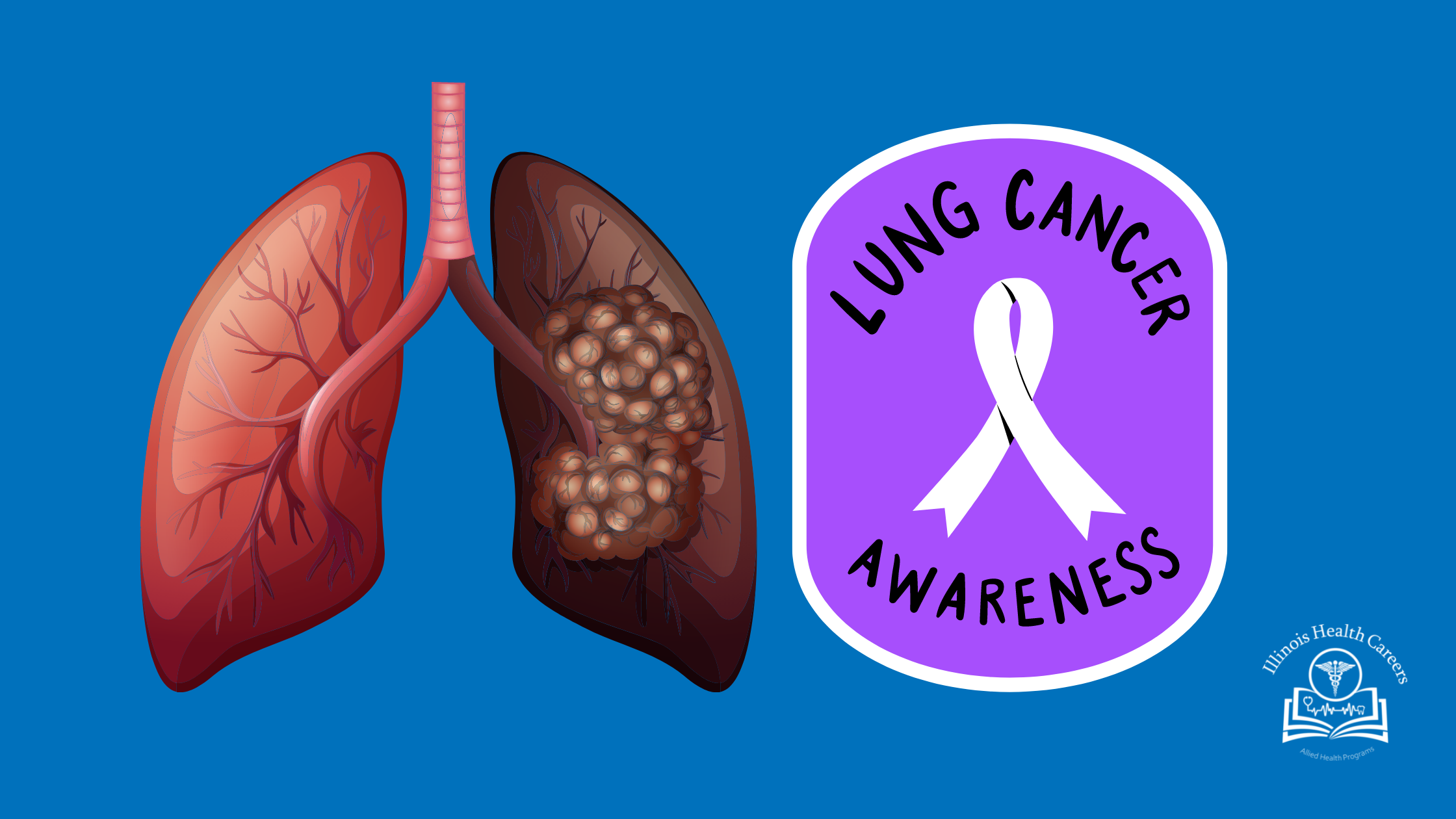Lung Cancer Awareness Month may not be as widely recognized as other health awareness months, but it is just as important. After all, lung cancer is the leading cancer death cause among the residents of the United States.
As per the current statistics, more than two million Americans are affected by lung cancers, out of which half result in death.
Lung Cancer Awareness Month
The month is celebrated every November to help raise consciousness on the topic. Lung cancer doesn’t just affect smokers, either. While smoking is the leading cause of lung cancer, about 20% of people diagnosed with the disease have never smoked.
Non-small and small cell lung cancer are the main types of this cancer. Non-small cell is the most common, accounting for about 80%, while small-cell lung cancer is more aggressive and spreads more quickly.
Why is there a Need for Awareness?
Lung cancer awareness is critical because it can help save lives. The more people are aware of this condition, the more likely they will get diagnosed early. And early diagnosis is critical when it comes to treating lung cancer.
Unfortunately, lung cancer is often not diagnosed until it has already spread, which is much more challenging to treat. Only about 20% of people diagnosed with lung cancer live five years later.
There are several reasons why lung cancer is so difficult to diagnose early. First, the symptoms can be subtle and easily mistaken for other less severe conditions. Second, many people are reluctant to see a doctor about their symptoms because they assume it’s just a sign of smoking.
But the sooner you see a doctor about any potential lung cancer symptoms, the better your chances are of getting an early diagnosis and effective treatment.
Risk Factors for Developing Lung Cancer
There are many risk factors for developing lung cancer, but smoking is by far the biggest contributor. Smoking increases the risk of lung cancer by about 40 times, and even if you quit smoking after being diagnosed with lung cancer, your chances of surviving are around 60%.
Other major risk factors include:
- Exposure to asbestos: Asbestos exposure increases the risk of lung cancer up to 75%
- Radon: Radon Exposure Increases the risk of lung cancer by 100%
- Other carcinogens: Carcinogens like arsenic increase the risk of developing lung cancer.
Symptoms of Lung Cancer
Each year, more people die of lung cancer than of colon, breast, and prostate cancers combined.
There are two main types of lung cancer: non-small cell lung cancer (NSCLC) and small cell lung cancer (SCLC). NSCLC makes up about 85 percent of all lung cancers.
Symptoms of NSCLC include:
- Cough that does not go away or gets worse
- Coughing up blood or rust-colored sputum
- Shortness of breath, wheezing, or hoarseness
- Chest pain that is worsens with deep breathing, coughing, or laughing
- Weight loss and loss of appetite
- Fatigue
- Repeated respiratory infections, such as bronchitis and pneumonia
Symptoms of SCLC include:
- Change in voice
- Loss of appetite
- Difficulty breathing
- Weight loss
- Chest pain
- Shortness of breath
If you or someone you know is experiencing any of these symptoms, it is important to see a doctor as soon as possible.
Early Detection and Diagnosis Of Lung Cancer
Early detection and diagnosis are critical to increasing the chances of survival. There are several tests that can be used to detect lung cancer, including;
- Low-dose computed tomography (LDCT)
- Chest X-ray, and sputum cytology.
LDCT is considered the most effective screening test for lung cancer, as it can detect small tumors that may not be visible on a chest X-ray.
If a suspicious nodule is found on an LDCT scan, further testing may be needed to confirm the diagnosis. This may include a biopsy, which involves taking a small sample of tissue from the tumor for analysis.
How Can You Lower Your Risks Of Lung Cancer?
Several interventions have been found to lower a person’s risk of lung cancer which includes;
- Quit smoking
- Avoid exposure to secondhand smoke
- Limit your exposure to known or suspected carcinogens, such as asbestos and radon
- Eat a healthy diet that includes plenty of fruits and vegetables
- Exercise regularly
- Talk to your doctor about getting screened for lung cancer
Wrapping Up
Learning lung cancer indications can help ensure that you or a loved one gets an early diagnosis. And early diagnosis is critical when it comes to treating lung cancer.
Illinois Health Careers is a recognized institution that trains Allied Health Professionals such as medical assistants to deliver instruction and public awareness campaigns. Join the Illinois Health Careers training programs to begin your professional career as a medical assistant in the healthcare industry. In case of any concerns, feel free to visit the Illinois Health Careers center today!


